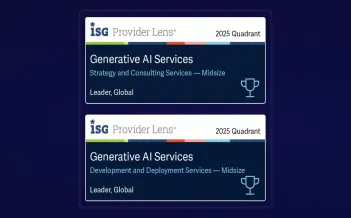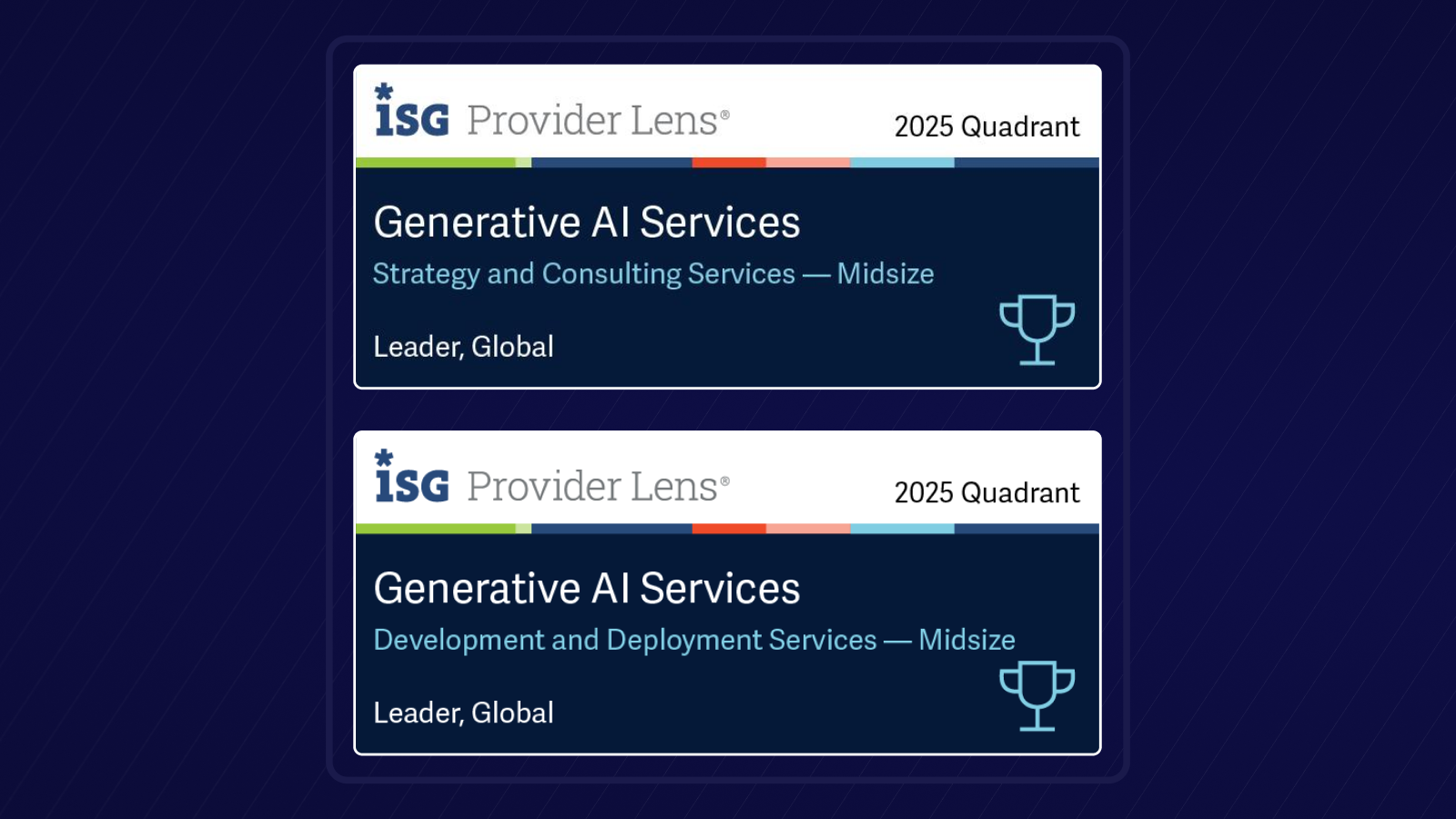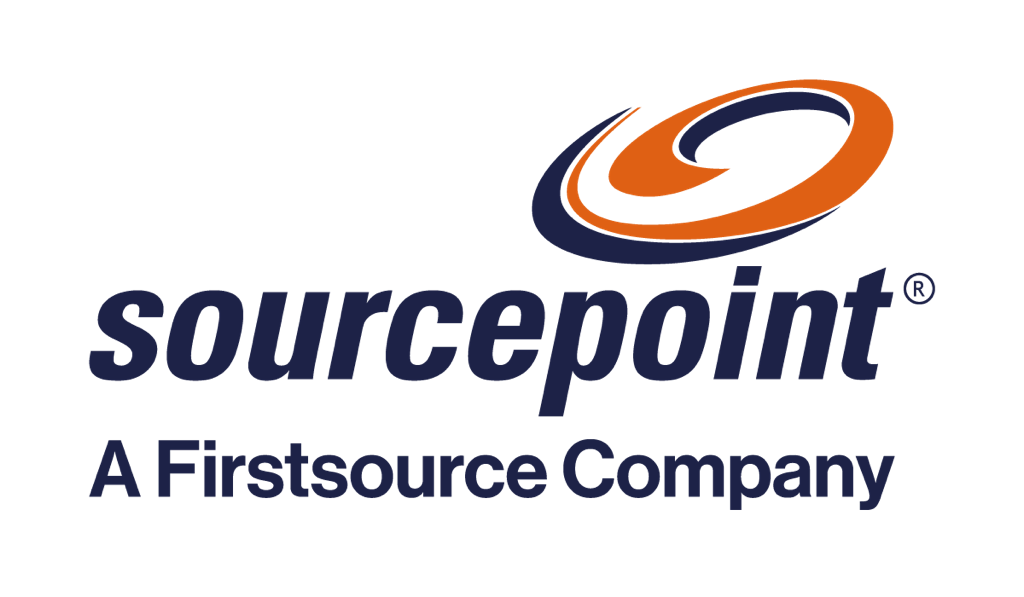In enterprises across industries, a common scenario unfolds daily: employees navigate multiple applications to complete seemingly straightforward tasks. Customer service representatives toggle between systems to resolve a single inquiry. Finance teams extract data from various platforms to create basic reports. IT departments maintain dozens of overlapping tools that perform similar functions.
This fragmentation represents one of the most significant yet under-addressed challenges in business technology. As organizations have digitized operations over decades, they've accumulated layers of applications, creating environments where efficiency is compromised despite substantial technology investments.
The consequences are measurable: extended processing time, employee frustration, increased training requirements, and technology costs that deliver diminishing returns. Organizations find themselves trapped in complex application ecosystems they've built, often with limited visibility into how these tools function in day-to-day operations.
The Hidden Reality of Business Applications: What You Can't See Will Cost You
"Business processes are complex, but understanding them is even more complex," notes Rahul Agarwal, SVP Business Transformation at Firstsource. This complexity manifests in several critical ways that directly impact business performance:
- Invisible inefficiencies: Employees often create undocumented workarounds when faced with system limitations.
- Redundant capabilities: Many organizations unknowingly maintain multiple tools with overlapping functionality.
- Underutilized investments: Applications purchased for specific functions often sit mostly idle, delivering minimal returns.
- Process bottlenecks: Critical delays frequently occur at the points where applications must interact.
These hidden realities explain why traditional approaches to application portfolio management often fail to deliver expected results. Interviews, surveys, and system documentation provide an incomplete—and often misleading—picture of how work actually happens.
Bringing Data to the Application Portfolio Conversation: From Assumptions to Evidence
Process intelligence technologies offer a breakthrough solution by capturing what Firstsource calls the "digital footprint"—the actual interactions between users and systems. This approach reveals application usage patterns with unprecedented clarity and accuracy.
"The first step in any transformation journey is to get visibility into how work gets done and understand the problem," explains Rahul Agarwal. "Truth is almost always stranger than fiction when it comes to how applications are actually used."
Consider a telecommunications company where customer activation was taking longer than competitors. Process intelligence revealed exactly where representatives spent their time during these activations. Heat maps and workflow diagrams showed precise patterns: excessive time spent copying information between incompatible systems, waiting for credential verifications, and navigating confusing interfaces.
Representatives had to navigate nine different systems to complete a single activation, with only a quarter of their time spent on actual service activation work.
Most concerning, three different departments had independently purchased applications with nearly identical functionality. This evidence made it impossible to ignore the need for application portfolio changes.
This visibility comes through a tailored two-pronged approach:
- Digital Process Analytics that provide end-to-end process visibility, identify gaps, and propose data-driven solutions
- X-Ray examination of business processes that maps the intended workflow against actual execution
The resulting insights yield critical information for application portfolio decisions:
- Which applications truly support core business functions
- Where process inefficiencies and bottlenecks occur
- How applications interact with each other
- Which features deliver genuine value
- Where automation opportunities exist
Unlike traditional assessment methods, process intelligence delivers objective evidence rather than subjective opinions, transforming application portfolio management from an art to a science.
From Insight to Action: Implementing a Data-Driven Approach
For organizations looking to implement a process intelligence approach, the journey typically follows three key phases:
Discovery and Assessment
The first step involves deploying technologies that capture interaction data across the application landscape. This creates a comprehensive map of how applications are used, by whom, and for what purposes. Advanced analytics then identify patterns, inefficiencies, and opportunities.
For a healthcare provider struggling with billing delays, this discovery revealed that staff were using only 23% of available features in their primary billing system while simultaneously maintaining three separate databases with patient information — a revelation that immediately highlighted opportunities for consolidation.
Strategic Decision-Making
With evidence in hand, organizations can make informed decisions about their application portfolio:
- Which applications should be retained and potentially expanded
- Where consolidation opportunities exist
- Which applications should be retired or replaced
- How to prioritize optimization efforts for maximum impact
A manufacturing company used this approach to reduce its quality management applications from seven to two, simplifying processes while saving over $3 million annually in licensing and maintenance costs.
Continuous Optimization
Rather than a one-time exercise, effective application portfolio management becomes an ongoing discipline. Real-time interaction data provides continuous feedback on how application changes impact business processes, enabling further refinement.
Beyond Cost-Cutting: The Strategic Value of Intelligent Application Portfolio Management
While immediate cost reduction often drives initial interest in application portfolio initiatives, the benefits extend far beyond licensing savings. Organizations implementing a data-driven approach to application portfolio management consistently report multidimensional value:
- Enhanced productivity: The telecom company's representatives now spend 40% more time on customer-facing activities rather than navigating systems
- Improved user experience: Streamlined application portfolios reduce complexity and training requirements—new representatives at the telecom firm reach proficiency in weeks rather than months
- Greater business agility: With fewer applications to maintain and integrate, organizations can adapt more quickly to changing market conditions
- Reduced security risks: Each eliminated application removes potential vulnerability points and simplifies compliance management
- Better alignment with business goals: Technology investments focus on capabilities that deliver strategic value rather than maintaining redundant systems
Most significantly, organizations across industries have achieved a 30-35% reduction in effort spent on core processing tasks through intelligent application portfolio optimization. For customer-facing operations like telecom's activation process, this translates directly to improved satisfaction scores and higher conversion rates.
Real-World Impact: The Transformation Potential
The impact of this approach becomes clear when examining actual workflows. The process flow for the telecom operator's service activation revealed several opportunities that would have remained hidden without process intelligence:
- Tasks that should take minutes were stretching to hours due to application limitations
- Representatives were spending excessive time waiting for system responses
- Key verification steps were creating disproportionate bottlenecks
- Certain applications were causing consistent delays across all users
By addressing these specific pain points through targeted application portfolio optimization, the telecom operator reduced activation time by 67% while simultaneously decreasing technology costs. Customer satisfaction scores increased by 22 points, and representatives could handle 40% more activations per day.
Similar results have been achieved across industries:
- A healthcare provider consolidated patient management applications from seven to three, reducing documentation time by 42%
- A financial services firm eliminated four redundant compliance tracking tools, saving $2.7 million annually while improving audit readiness
- A retailer streamlined their order management system landscape, reducing fulfillment time by 35% and error rates by 64%
The Future of Application Portfolio Management: From Intuition to Intelligence
Maintaining an optimized application portfolio becomes increasingly critical as digital transformation accelerates across industries. Organizations that continue to rely on intuition rather than evidence for these decisions will find themselves at a competitive disadvantage.
For business leaders navigating the complexities of digital transformation, data-driven process intelligence offers a clear path forward: visibility into how applications support business processes, actionable insights for portfolio decisions, and measurable improvements in both efficiency and effectiveness.










